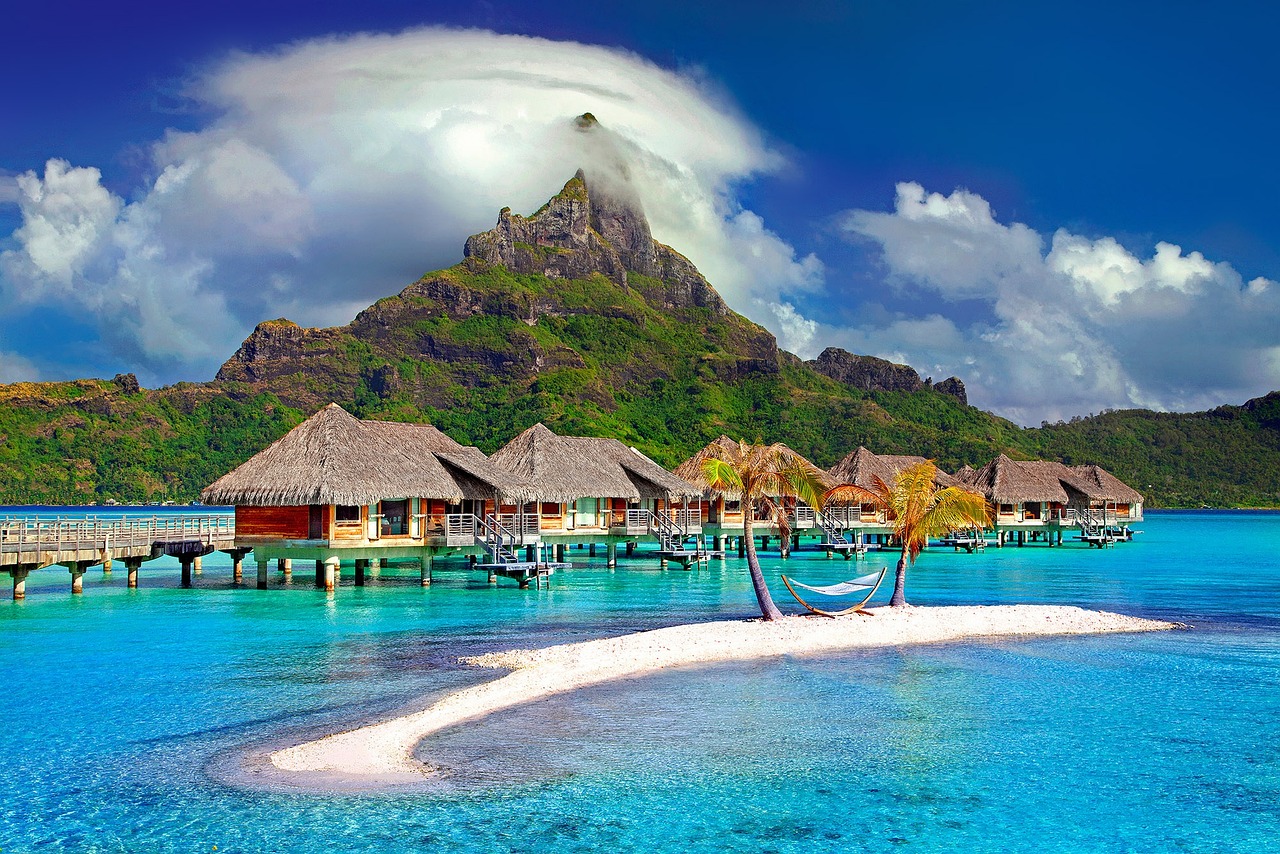Ho Chi Minh City, previously known as Saigon, is a vibrant and bustling metropolis located in southern Vietnam. With a rich historical heritage, vibrant culture, bustling business centers, and a captivating mix of old and new architectural marvels, Ho Chi Minh City has emerged as one of the most enticing destinations in Southeast Asia. This city is a fascinating fusion of tradition and modernity, where every street, every corner holds an intriguing story.
Ho Chi Minh City spans over 2,061 square kilometers and as of my knowledge cutoff in September 2021, had an approximate population of 8.9 million people. It serves as the commercial hub of Vietnam, with an incredibly dynamic economy. This economic vitality translates into a cityscape dominated by skyscrapers and contemporary buildings that are juxtaposed with traditional Vietnamese structures and French colonial buildings, a residual from the French colonial period in Vietnam.
The city is subdivided into 24 districts, each with its unique charm and character. District 1, often considered the heart of the city, is filled with skyscrapers, luxury hotels, upscale restaurants, and high-end boutiques. The district is also home to numerous historical landmarks, such as the Saigon Notre-Dame Basilica, Saigon Central Post Office, and Reunification Palace, serving as a constant reminder of the city’s rich past. On the other hand, District 5, also known as Chinatown, provides a stark contrast with its vibrant street markets, ancient temples, and narrow winding lanes.
A place of historical and cultural importance, Ho Chi Minh City is home to several museums. The War Remnants Museum provides a sobering glimpse into the American War in Vietnam, featuring photographs, military equipment, and personal stories. The Museum of Vietnamese History showcases an extensive collection of artifacts dating back to Vietnam’s ancient civilizations. Also worth visiting is the Fine Arts Museum, housed in a colonial-era mansion, showcasing works by Vietnamese and international artists, and reflecting the evolution of art in Vietnam over centuries.
What strikes visitors to Ho Chi Minh City is its dynamic street life. The city’s streets are filled with millions of motorbikes, vendors selling their wares, street food stalls offering mouth-watering delicacies, and sidewalk cafes serving Vietnamese coffee, one of the country’s most famous exports. One of the must-try street foods is “Pho”, a noodle soup that is Vietnam’s national dish. Other local favorites include Banh Mi, a baguette sandwich influenced by French colonialism, and Goi Cuon, fresh spring rolls wrapped in rice paper.
Ho Chi Minh City is also known for its markets, with Ben Thanh Market being the most famous. This bustling market offers everything from clothing, accessories, and handicrafts, to fresh produce, and food stalls serving local cuisine. It’s a place where you can immerse yourself in the local culture, haggle over prices, and sample a variety of Vietnamese dishes.
The nightlife in Ho Chi Minh City is as vibrant as its daytime hustle and bustle. Rooftop bars offering panoramic views of the city, bustling night markets, street food tours, live music venues, and nightclubs can be found across the city, particularly in District 1. Saigon Opera House, an architectural gem from the colonial era, is a venue for a variety of performances, from traditional Vietnamese music and dance to modern theatrical productions and concerts.
Ho Chi Minh City’s numerous parks and green spaces provide respite from its urban hustle and bustle. Tao Dan Park, with its lush greenery, charming sculptures, and bird cafe, is an oasis of calm in the middle of the city. The Saigon Zoo and Botanical Gardens, one of the oldest zoos in the world, is also a popular spot for relaxation and leisure.
Within the frenzied pace of Ho Chi Minh City, its green spaces play a crucial role in providing a sanctuary of calmness and serenity. Tao Dan Park, covering about 10 hectares of land, is a verdant haven nestled amidst the city’s hectic life. One of its distinguishing features is the remarkable variety of over a thousand big trees belonging to various species, including the towering silk-cotton trees and vivid flame trees. This park is especially vibrant in the early morning hours when the residents gather for Tai Chi, jogging, and aerobics. The park also features a beautiful replica of Nha Trang’s Cham Tower and a statue of Trưng Sisters, the heroines of Vietnamese history. One of its unique attractions is the bird café, where hundreds of bird enthusiasts gather in the early morning with their prized birds, filling the air with their melodic chirping.
Apart from Tao Dan Park, the Saigon Zoo and Botanical Gardens is another popular green space in Ho Chi Minh City. Established in 1865, it is one of the oldest zoos in the world, surpassing many famous zoos in terms of age. The Saigon Zoo and Botanical Gardens spans over 20 hectares and is home to a diverse range of over 125 species of mammals, reptiles, and birds, as well as various types of flora, including some rare and endangered species.
This green gem of the city provides a blend of wildlife encounters and botanical exploration. From elephants, tigers, monkeys to exotic birds, the zoo attracts wildlife enthusiasts, while its beautifully landscaped gardens, brimming with a range of local and exotic plants, orchids, and ancient trees, draw nature lovers and botanists. The zoo also includes a museum, a monument to Indochinese people killed in World War I, and a temple dedicated to the Hung Kings.
To enhance the visitor experience and the animal living conditions, the zoo has been undergoing improvements, shifting towards a modern zoological park where conservation, education, and research are its main objectives, thus allowing future generations to enjoy and learn about wildlife in a more humane and natural setting.
The city also features other green spaces like the Le Van Tam Park, famous for the Tet flower festival, and the lush and serene Van Thanh Park. They offer locals and tourists alike a haven to escape the urban clamor, providing a refreshing contrast to the city’s dynamic energy. They serve as the city’s lungs, enhancing its livability while providing spaces for leisure, relaxation, and community bonding.
Overall, the parks and green spaces in Ho Chi Minh City stand as a testament to the city’s harmonious balance between rapid urbanization and environmental preservation. Despite its towering skyscrapers and bustling streets, the city finds its balance in the tranquility and peace offered by its green lungs. It’s a city where tradition and modernity, nature and urbanity, and tranquility and vibrancy coexist, making it a fascinating destination to explore.













